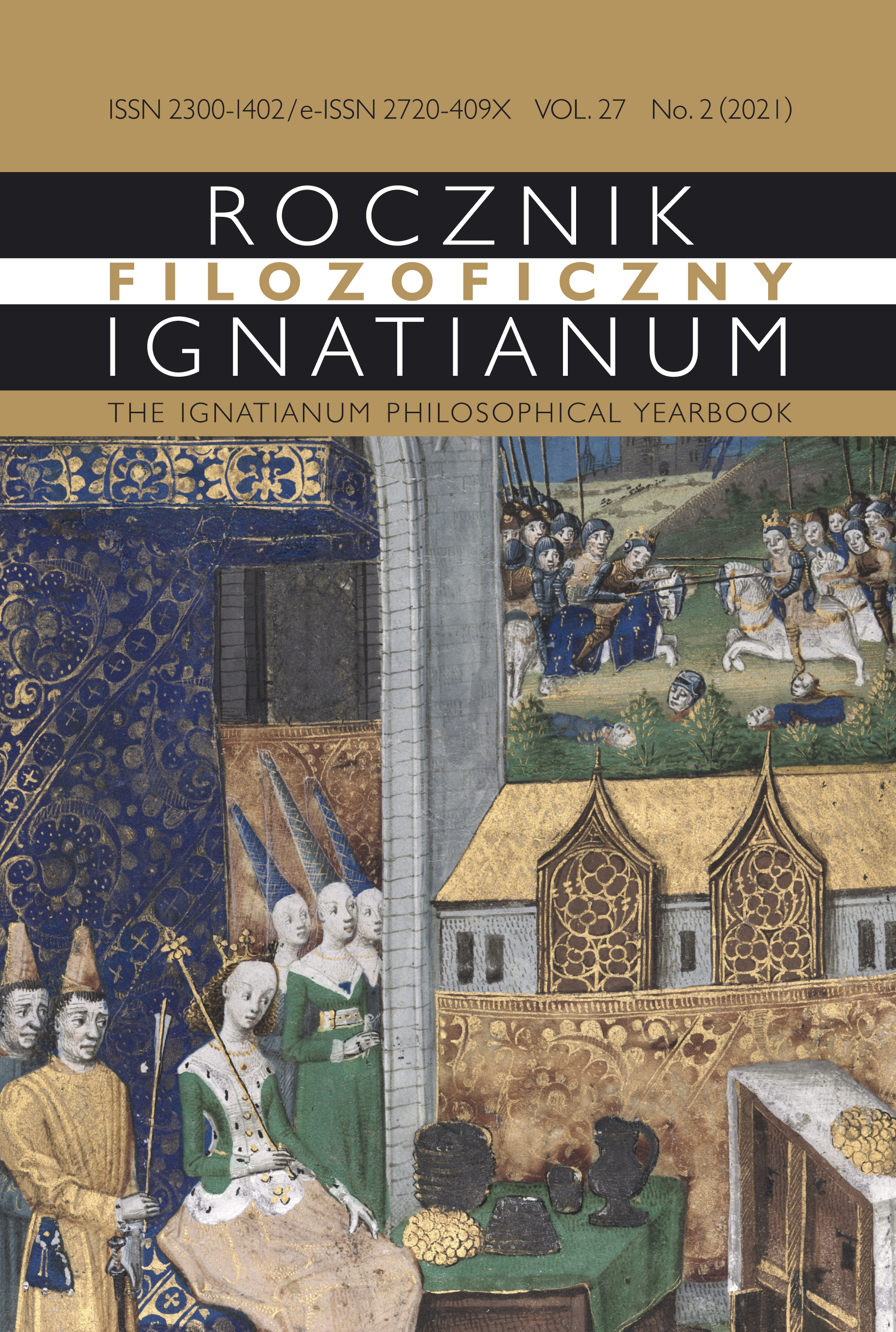The Secretaries at the Courts of Polish Queens in the Jagiellonian Era
Abstract
The aim of this article is to present the subject matter of secretariats and secretaries at the courts of Polish queens during nearly two hundred years of the Jagiellonian dynasty. The chancellery of queens, where the secretaries worked, has not been the subject of a separate study to date. Information about the secretaries’ activities is scattered in numerous and highly diverse sources and, usually marginally, in the vast literature. Because of the secretaries’ personal ties to the queens and their special access to monarchs’ wives and their affairs, looking at this group is valuable research-wise, not only from the point of view of the chancellery, or even diplomacy. This group can be especially important for knowing and understanding the queens themselves, their relationships with immediate circles along with the people who had constant and close contacts with the queens. Such contacts were often difficult, complicated, and marked by a whole range of relationships and emotions. The queen’s secretaries assisted her in contacts with state institutions, dignitaries and other persons performing public functions. However, due to the queen’s place in the structure of power, or rather the lack of it, she was accompanied, above all, in contacts with her spouse during periods of separation and with her family, or both families, the one she left behind in her homeland and scattered around Europe, as well as her new one, which she entered with her marriage. With the right personality, talents and skills, the secretary, who after all had access to numerous secrets, thoughts and plans of the queen, could become a close and influential associate, advisor or confidant of hers. The key, however, was loyalty to his lady.
Copyright (c) 2021 Jesuit University Ignatianum in Krakow

This work is licensed under a Creative Commons Attribution-NoDerivatives 4.0 International License.
The Yearbook only accepts materials for publication that are free of all conflicts of interest, and that in no way involve conflicts over authorship, copyright, etc. The Editors will take action against any cases of plagiarizing, ghostwriting1, guest/honorary authorship2, etc. Where co-authored work is concerned, the Author listed first is expected to take responsibility for the submission, and is required to make clear the contributions of all of the Co-Authors involved. In the event of the publication owing its existence to funding dedicated to this purpose, this fact should be made clear: e.g. in any note of thanks/acknowledgement, or in a footnote, etc. Explicit notification should be given of any form of reprinting, with the appropriate evidence of permission to publish being furnished as required. Any impropriety on the part of Authors/Reviewers risks exposing them to appropriate responses from the relevant institutions.
______
1 This term refers to instances of a person who has made an essential contribution being omitted from the list of authors, or from notes conveying gratitude and/or acknowledgement.
2 This occurs when a person who has made either an insignificant contribution or no contribution at all nevertheless appears on the list of authors.





